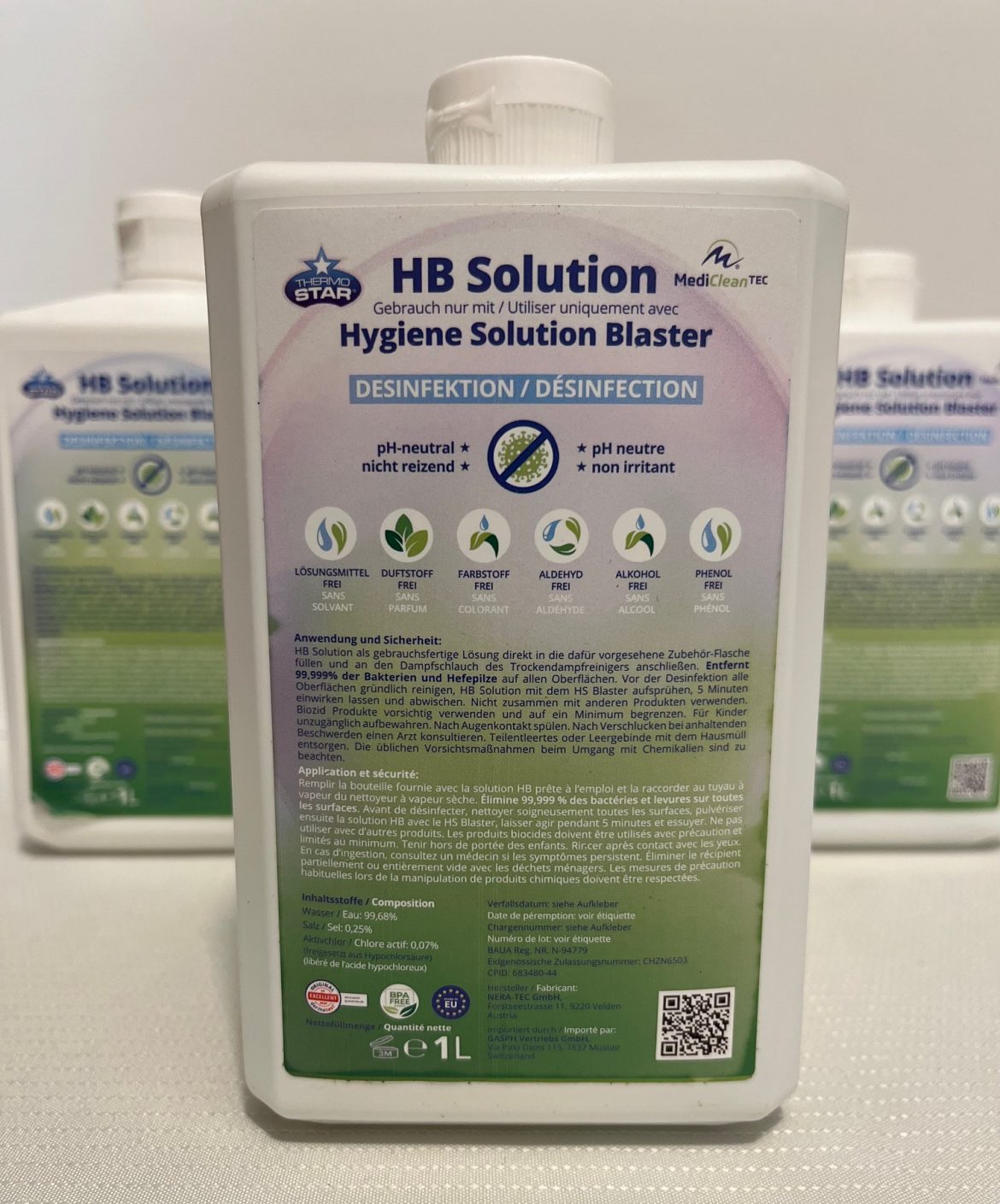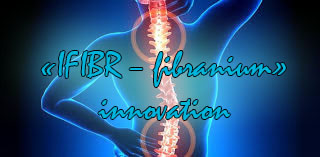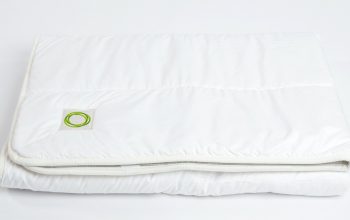
Dr. Martin Klugmayer, PhD Bioengineering and Water Technology, USA
Abstract: the article reveals the advantages of innovative disinfectant “HB Solution”, characterizes its main components, reveals the mechanisms of their disinfecting and disinfectant action.
Keywords: disinfectants, hypochlorous acid, active radicals, steam generator, oxidant effect
In the modern world high concentration of population in limited areas, strengthening of forced and often uncontrolled migration, especially from epidemically unfavorable regions and countries carries serious dangers associated with the emergence and spread of infectious and parasitic diseases. This danger is aggravated by the fact that there are still no specific means of prophylaxis against some infectious diseases. The existing system of sanitary-epidemiological measures is rather complicated, labor-intensive and characterized by relatively low efficiency combined with significant environmental hazards.
In recent decades, the world has developed scientific bases and widely introduced into practice a variety of disinfectants mainly based on formaldehyde and chlorine-containing compounds, but research is also underway to create effective disinfectants based on peroxide compounds. Despite the successes achieved in the development of disinfection, many researchers and practitioners note a significant increase in infectious and parasitic diseases. In conditions of economic instability and deterioration of socio-ecological situation it can already in the near future affect the health of the world population.
The reason for the lack of effectiveness of the universally implemented technology of disinfection with the use of chlorinated chemicals, formaldehyde solutions, phenolates, etc. experts see the following. Wet disinfection method based on direct irrigation, wiping or immersion of contaminated objects in disinfectant, despite the significant consumption of disinfectants, does not provide the required degree of treatment of air, complex equipment and some types of surfaces. As a result of their long-term and irrational use, microflora resistant to these disinfectants has developed. In addition, most of the used disinfectants can remain in the external environment for a long time without change or transform to carcinogens and ecotoxicants (dioxins, trihalomethanes, etc.). Penetrating into the human body, these compounds lead to a decrease in immune status and can cause changes in the genetic code.
Chlorine-containing preparations have another significant disadvantage – high corrosivity, which determines the need for subsequent rinsing of disinfected objects with water.
The vapor-gas method of disinfection based on the use of formaldehyde solutions has now become the most widespread and universally used. It allows to increase the efficiency of treatment, reduce the labor intensity of the process, reduce the consumption of disinfectants and create more gentle conditions for treated surfaces or fabrics.
Today, the annual use of formalin for disinfection purposes in the world exceeds many hundreds of thousands of tons.
In search of new, environmentally safe disinfectants, highly effective and non-labor-intensive systems and technologies based on them, providing disinfection, which has become an urgent scientific problem, a group of scientists led by Dr. Martin Klugmayer developed an innovative disinfectant “HB Solution”, based on different physical and chemical principles.
The purpose of their research was to develop the biological and technological basis of environmentally safe disinfection system, designed to meet the urgent need for a highly effective and labor-intensive technology of preventive and forced disinfection, providing effective disinfection, environmental cleanliness of the activities carried out, their safety for humans.
To achieve the above goal it was necessary to solve a number of tasks. Among them – development of ecologically safe system of preventive and forced aerosol disinfection on the basis of highly effective and ecologically safe composition of disinfectant using hydrogen peroxide and corresponding synergists; research of biocidal, physico-chemical, toxicological properties and corrosive activity of composition “HB Solution”; research of mechanism of action of developed composition “HB Solution” and dynamics of change of concentration of components of composition in air and on surfaces in dependence on the composition’s activity.
The technology of dispersion of the developed composition “HB Solution” was theoretically and experimentally substantiated, steam generators, in particular – “HS Blaster”, providing optimal performance and dispersion of volumetric and directed aerosols, were tested.
An in-depth assessment of the environmental aspects of the use of activated hydrogen peroxide solutions for disinfection purposes was made.
The key aspect considered in this article is that the basis of bactericidal and antiviral action of innovative disinfectant “HB Solution” is not only carefully selected component composition, but also the concept that the human body, recognizing the presence of pathological objects on its surface, independently produces a number of components included in the formula “HB Solution”, although in much smaller quantities. As a result, the organism could not effectively resist these pathogenic influences, and mankind survived only due to its ability to independently neutralize pathogenic agents through their oxidation.
Scientific novelty of the work consists in the fact that for the first time in the practice of disinfection developed and implemented a comprehensive, environmentally safe system of preventive disinfection of air and surfaces of domestic and industrial premises and equipment, including a new disinfectant composition “HB Solution” based on hydrogen peroxide and its synergists, determined the method of application of appropriate equipment and optimal technology of its use.
In the formulation of the innovative disinfectant “HB Solution” the following were proposed as components among others (the full formula of the discovery is a trade secret):
– H2O2 (Wasserstoffperoxid) – hydrogen peroxide
– H2O2+ (Hydroxyoxydanium) – hydroxyoxidan, hydrogen peroxide.
– HO’ (Hydroxyl-Radical) – hydroxyl radical.
– HO2′ (Hydrogen peroxide radical) – hydrogen peroxide radical.
– 1O2 (Singlet molecular Sauerstoff) – singlet oxygen.
– O2- (Sauerstoff lon) – molecular oxygen
– O3- (Ozone anion-radical) – ozonide anion-radical.
– H2O- (Moleculares wasser anion) – molecular water anion
– H3O+ (Oxonium) – oxonium
– HO2” (Peroxide anion) – peroxide anion
– HO2” (Hydrogenperoxid) – hydroperoxyl radical or peroxyl radical.
– O’ (Atomarer Sauerstoff) – atomic oxygen.
– O2” (Superoxide anion) – superoxide anion
– O3 (Ozon) – ozone
– HCLO (Hypohlorige säure) – hydrochloric acid.
– CLO- (Hypochlorite ion) – hypochlorite ion.
– CLO’ (Hypochlorite radical) – Hypochlorite radical.
– CL’ (Chlor radical) – Chlor radical.
– CLO2′ (Chlor-dioxide) – chlorine dioxide.
– CLO2′ (Clorite radical) – chlorite radical.
The “HB Solution” contains Hypochlorous acid, which is a substance that the human body (namely white blood cells) produces when an injury occurs in order to prevent the development of an infection. But its own production by the human body is limited, so it is not enough when it comes to the problems that the skin can experience and in this case special cosmetics with the component “HB Solution” can be used.
Hydrochloric acid is non-toxic and is the only natural antiseptic absolutely safe for humans, suitable for even the most sensitive skin.
Even in its lowest concentration, hydrochloric acid is extremely effective against a wide variety of bacteria, viruses (it has been proven to neutralize even COVID-19) and fungal species, which is confirmed by numerous studies.
The following elements of the effects of hypochlorous acid on human skin are known:
o Prevents bacterial growth in pores
o Prepares the skin for mechanical cosmetic procedures, soothes the skin and helps it to recover faster after them
o Soothes irritations
o Refreshes the skin
o Keeps the skin moisturized
o Reduces redness
o Restores the skin’s protective barrier and helps maintain it
o Slows down the aging process and reduces existing signs by smoothing out fine lines and wrinkles
o Improves skin texture
o Protects the skin from negative environmental influences (pollution, toxins)
o Helps relieve symptoms of skin conditions such as rosacea, eczema, psoriasis, atopic dermatitis, neurodermatitis, seborrheic dermatitis by reducing inflammation, relieving redness, itching, burning and accelerating skin healing.
o Soothes and restores the skin in case of sunburns
For all its power of action and high efficiency, hypochlorous acid is a very fragile component that requires strictly defined conditions to obtain it in its pure form. That is why, in order to guarantee its safety, quality and stability, no ready-made raw materials are used for “HB Solution”, but only raw materials obtained in the laboratory of the manufacturer of “HB Solution”.
The composition of “HB Solution” also includes ozonide anion radical.
It is known that free radicals differ from ordinary molecules by the fact that they have an unpaired (single) electron on the outer electron shell. Unpaired electron in radicals is usually denoted by a dot. For example, a hydroxyl radical is designated as HO, a hydrogen peroxide radical as HOO-, a superoxide radical as OO- or O2.
The peroxyl radical peroxyl radical included in the composition, the peroxyl radical, a protonated form of superoxide with the formula HO2-, has a potent oxidizing effect.
The peroxyl radical is formed by the transfer of a hydrogen atom to an oxygen molecule, through the interaction of an oxygen atom with a hydroxyl radical (HO-) or a proton with a superoxide anion. In aqueous solution, the superoxide anion O2; and the peroxyl radical are in equilibrium O2; + H2O is in equilibrium with HO2 + OH.
Unlike O2;, which is a strong reducing agent, HO2- can behave as an oxidizing agent in many biologically important reactions, scavenging hydrogen atoms from tocopherol and polyunsaturated fatty acids of the lipid membrane. For this reason, it is one of the major initiators of lipid peroxidation.
The main advantages of the innovative disinfectant “HB Solution” are its environmental safety, based on the interrelated complex of preparation and application of environmentally friendly composition of peroxide compound with the addition of appropriate synergists, as well as on the optimal technology of application. Disinfecting composition “HB Solution”, based on hydrogen peroxide, synergists additives, is able to effectively inactivate microflora at domestic, industrial facilities and in medical and preventive institutions. Theoretical and physico-chemical substantiation of biocidal action of the developed composition of disinfectant “HB Solution” on various surfaces of premises taking into account the dynamics of behavior and changes in the concentration of components of the composition is based on the properties of emergent (synergy) of the components included in the composition “HB Solution”.
Another of the most important components of the composition is atomic oxygen. Atomic oxygen O0 is the third allotropic form of oxygen. Atomic oxygen is the strongest oxidizing agent (compared to O2 and O3). Atomic oxygen is formed by the breakdown of O2 and O3 molecules under the influence of ultraviolet radiation. It occurs during thermal decomposition of oxygen-containing substances.
HB Solution” disinfectant has a pronounced antimicrobial action. It effectively affects Gram-positive and Gram-negative bacteria, as well as various pathogens, including pathogens of legionellosis and particularly dangerous infections (such as plague, cholera and tularemia). The drug also fights viruses, including enterovirus pathogens (polio, Coxsackie enteroviruses, EUNO), hepatitis viruses (both enteral and parenteral), HIV, influenza (including avian A/H5N1 and swine A/H1N1), parainfluenza, measles, SARS, coronaviruses, as well as pathogens of acute respiratory viruses and infections caused by herpes, adenoviruses and cytomegaloviruses, including Ebola virus. In addition, the product is effective against pathogenic fungi of the genus Candida and Trichophyton, as well as mold fungi.
The unique composition of the “HB Solution” and the special hot spray system in the “HS Blaster” means that the mixture is dosed precisely to maintain the full effect of disinfection, because the vapor is atomized and atomized optimally.
It has been found that the human body, detecting the presence of pathological objects on its surface, produces a number of the components that make up the “HB Solution” formulation, albeit in significantly smaller quantities.
The development of the “HB Solution” based on this observation is primarily intended to develop a disinfectant containing hypochlorous acid in equilibrium with sodium hypochlorite, hydrogen peroxide, active radicals, ions and anions. This allows the development of an effective disinfectant based on compounds that provide active chlorine at a concentration significantly lower than that of hypochlorite and hydrogen peroxide, which is the main objective of the study.
The innovative disinfectant “HB Solution” is characterized by high efficiency, safety, cost-effectiveness and modern technology. Its development can be considered as a significant achievement in the field of disinfectant improvement, which is manifested by enhancing antimicrobial action, reducing toxicity, improving solubility and adding unique consumer properties.
Literature:
- Afonyushkin, V.N. Effect of disinfectants based on potassium persulfate, hydrogen peroxide, glutaraldehyde and quaternary ammonium compounds on the genetic material of industry-specific bacterial pathogens,
- Berestina, A. V. Evaluation of the effectiveness of different composition of disinfectants / A. V. Berestina, A. V. Bakhvalov // Bulletin of Smolensk State Medical Academy. – 2020. – Т. 19. – № 4. – С. 40-45.
- Ivanova, A. O. On quality control of working solutions of disinfectants / A. O. Ivanova, A. D. Merkulieva // Disinfection business. – 2018. – № 1(103). – С. 17-21.
- Ahlam A. El-Leboudy Assessment Of Sanitary Measures Of Ras Cheese In Manufacturing Dairy Plant In Alexandria Governorate / Ahlam A. El-Leboudy, Amer A. Amer and Micheal R.Youssef // Alexandria Journal of Veterinary Sciences. – 2014. Vol.40. – P.87-94.
- Best M. Efficacies of Selected Disinfectants against Mycobacterium
tuberculosis / Best M., Sattar A., Springthorpe V.S., Kennedy M.E.. // Journal of clinical microbiology. – 1990. Vol. 28, № 10, P. 234-239.
- Blok, S.S. Disinfection, sterilization and preservation / S.S. Blok. – New-
York: Lippincott Wilkins, 2001. – 1481 p.
- Carling P. C., Huang S. S. Improving healthcare environmental cleaning and disinfection current and evolving issues //Infection Control & Hospital Epidemiology. – 2013. – Т. 34. – №. 5. – С. 507-513.



